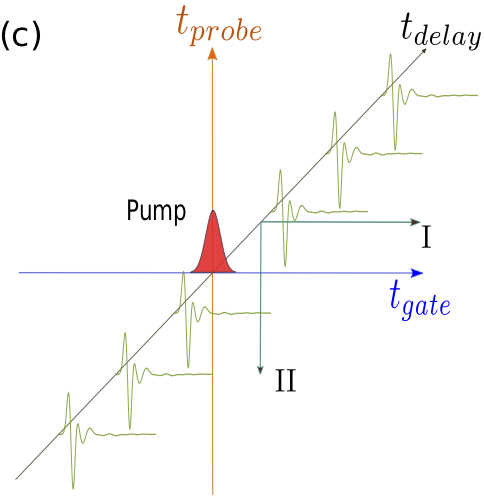Abstract
Time-resolved optical conductivity is an often used tool to interrogate quantum materials driven out of equilibrium. Theoretically calculating this observable is a complex topic with several approaches discussed in the literature. Using a nonequilibrium Keldysh formalism and a functional derivative approach to the conductivity, we present a comparison of two particular approaches to the calculation of the optical conductivity and their distinguishing features, as applied to a pumped superconductor. The two methods are distinguished by the relative motion of the probe and gate times; either the probe or gate time is kept fixed while the other is swept. We find that both the methods result in same qualitative features of the time-resolved conductivity after pump is over. However, calculating the conductivity by keeping the gate fixed removes artifacts inherent to the other method. We provide software that, based on data for the first method, is able to construct the second approach.
